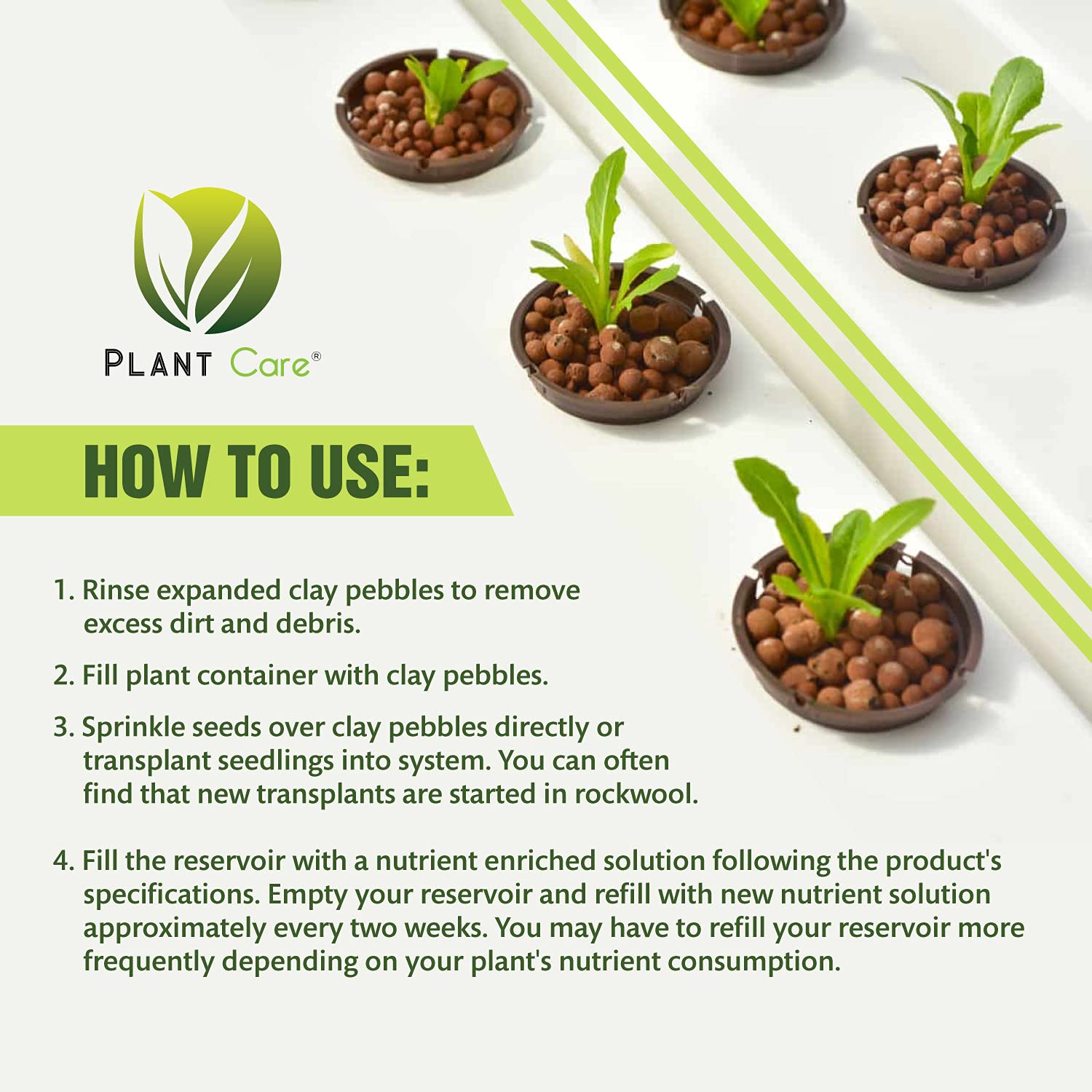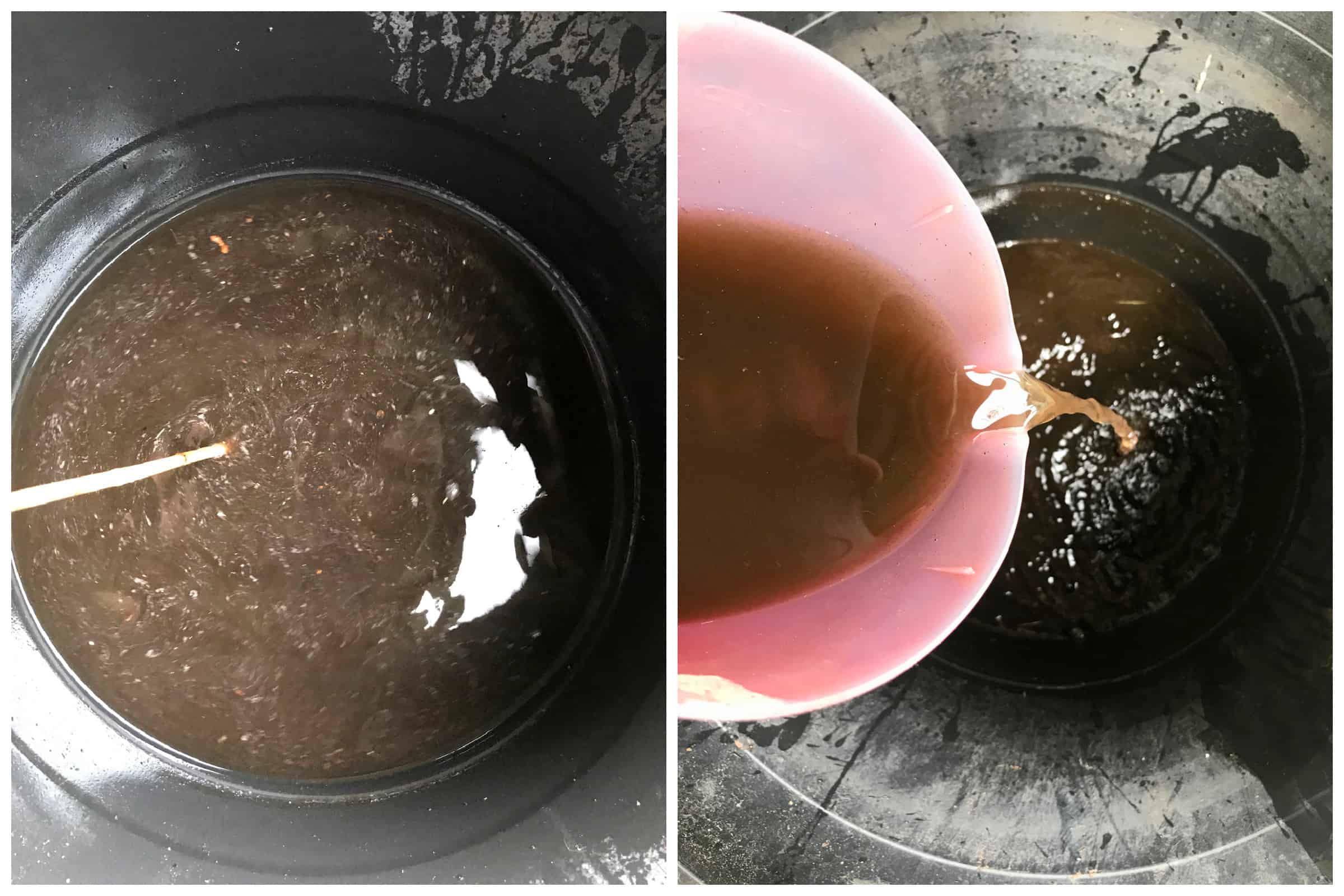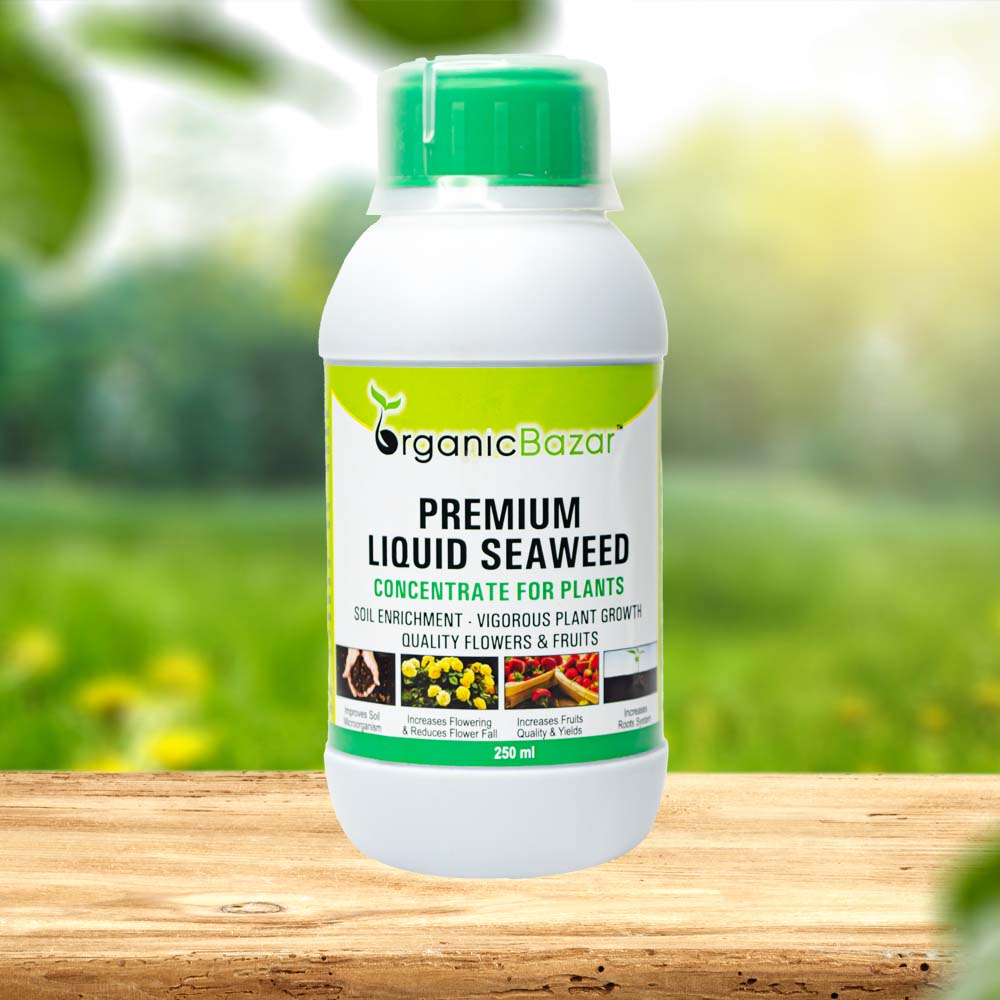How to Use Clay Pellets for Soil Health
Clay pellets, also known as hydroton or leca (lightweight expanded clay aggregate), are a versatile and effective tool for improving soil health in gardens, landscapes, and indoor plants. They are small, lightweight balls made from clay that can hold moisture, provide aeration to plant roots, and improve soil structure. In this article, we will explore the benefits of using clay pellets and how to incorporate them into your gardening routine.
Benefits of Clay Pellets
Clay pellets offer several advantages when used in gardening:
- Improved Drainage: Clay pellets help prevent waterlogging in soil by improving drainage, which is essential for preventing root rot and other water-related issues.
- Increased Aeration: The air spaces in clay pellets allow for better oxygen exchange in the root zone, promoting healthy root growth.
- Moisture Retention: Clay pellets can absorb and retain moisture, reducing the frequency of watering needed for plants.
- Enhanced Soil Structure: Mixing clay pellets into soil helps loosen compacted soil, improve soil structure, and create a more conducive environment for plant roots.
How to Use Clay Pellets
There are several ways to incorporate clay pellets into your gardening practices:
- Hydroponic Systems: Clay pellets are commonly used as a growing medium in hydroponic systems. They provide excellent support for plant roots and allow for easy nutrient uptake without the need for soil.
- Mixing into Soil: Add clay pellets to your potting mix or garden soil to improve drainage, aeration, and moisture retention properties.
- Top Dressing: Spread a layer of clay pellets on top of the soil to help retain moisture and prevent weeds from germinating.
- Propagation: Use clay pellets as a rooting medium for propagating cuttings or starting seeds. The pellets provide support for delicate roots and help maintain moisture levels.
Tips for Using Clay Pellets
Here are some tips to maximize the benefits of using clay pellets:
- Rinse Before Use: Clay pellets can be dusty when first opened, so it’s essential to rinse them thoroughly before incorporating them into your gardening projects.
- Monitor Moisture Levels: Because clay pellets retain moisture, it’s crucial to monitor the soil’s moisture levels and adjust watering accordingly to prevent overwatering.
- Combine with Compost: Mixing clay pellets with compost can further improve soil health by adding nutrients and beneficial microorganisms.
- Replenish Periodically: Over time, clay pellets may break down or compact, so it’s a good idea to replenish them periodically to maintain their effectiveness.
By incorporating clay pellets into your gardening practices, you can improve soil health, promote better plant growth, and reduce the need for frequent watering. Experiment with different ways of using clay pellets to find the methods that work best for your plants and gardening style.
Whether you’re a beginner gardener looking to improve soil quality or an experienced grower seeking to enhance plant performance, clay pellets can be a valuable addition to your gardening toolkit. Try using clay pellets in your next gardening project and experience the benefits for yourself!



